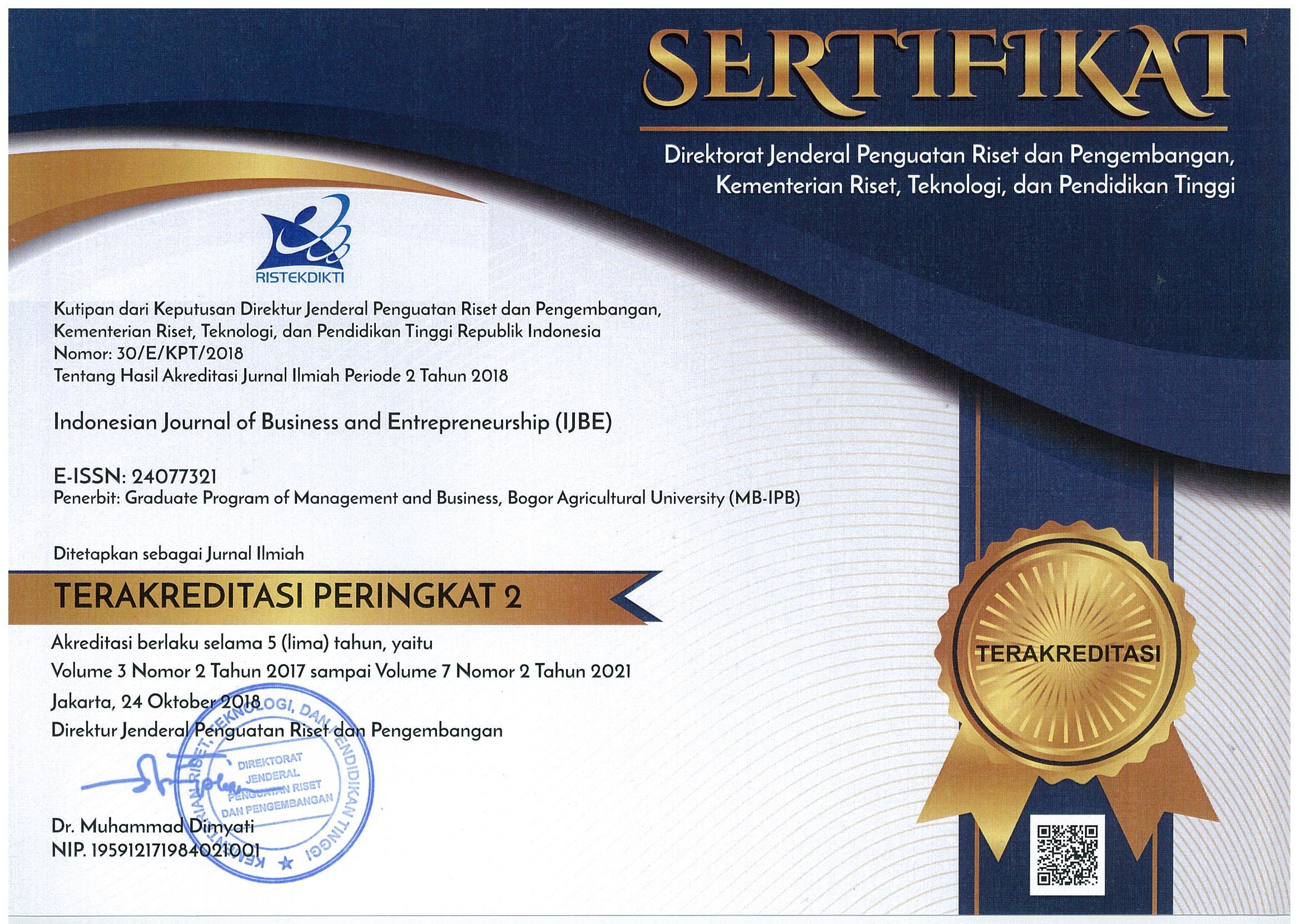THE INFLUENCE OF SOCIO-DEMOGRAPHIC FACTORS ON JOB STRESS LEVEL IN FOREIGN-OWNED MANUFACTURING COMPANIES IN OGUN STATE, NIGERIA
Abstract
This study examined the influence of socio-demographic factors on level of job stress in foreign-owned manufacturing companies in Ogun State, Nigeria with the specific objectives of investigating level of job stress as well as the socio-demographic characteristics influencing the job stress level. This study used cross sectional analytical design with quantitative approach. Data were collected using structured questionnaire and the data collected were statistically analyzed using percentage and weighted mean; while the hypotheses formulated were tested using spearman rank correlation and multiple regressions. The results of the study showed that with the exception of gender (P<0.05; coeff r = -0.003), and employees’ department (P<0.05; coeff r = -0.003) that impacted negatively on employees stress level, other socio-demographic characteristics such as age (P<0.05: coeff r = 0.074), marital status (P<0.05; coeff r = 0.125), educational level (P<0.05; coeff r = 0.037), employees’ cadre (P<0.05; coeff r= 0.038), years of working experience (P<0.05; coeff r= 0.146), income (P<0.05; coeff r= 0.025) and employees’ position (P<0.05; coeff r= 0.103) had positive impacts on the employees’ job stress level. This concludes that socio-demographic factors exert significant influence on employees’ job stress level. It is recommended that employers should always take into consideration employees’ socio-demographic characteristics when assessing their job stress level because it can provide useful information on specific individual characteristics influencing stress level in workplace.Keywords: socio-demographic, stress, employees, cross sectional analytical, Ogun
Downloads
References
Addae HM, Wang X. 2006. Stress at work: An exploratory study of Trinidad and Tobago, International Journal of Stress Management 13(4):476–493.
American Psychological Association. 2011. Stress in the workplace, accessed from http://www.apa.org/news/press/releases/phwa-survey-summary.pdf [09 January 2015].
Aniebiet IN. 2015. Socio-demographic characterstics and stress among librarians in Cross River State, Nigeria. Pearl: A Journal of Library and Information Science 9(2).
Balakrishnamurthy C, Shankar S. 2009. Impact of age and level of experience on occupational stress experienced by non-gazetted officers of the Central Reserve Police Force, Journal of Industrial Psychiatry 18(2):81–85.
Bjelland I, Krokstad S, Mykletun A, Dahl AA, Tambs K. 2008. Does a higher educational level protect against anxiety and depression?, Social Science Medicine 66(6):1334–1345.
Bloom M, Georgiades A, Laszlo KD, Alinaghizadeh H, Janszky L, Ahnves S. 2007. Work and marital status in relation to depressive symptoms and social support among women with coronary artery disease. Journal of Women Health 16(9): 1305–1316.
Canadian Mental Health Association. 2005. Stress in the workplace: A general overview of the causes, the effects and the solutions, accessed from http://www.cmha.ca/bins/contet-penge.asp?cid [07 December 2014].
Charanjeer S, Sunita S, Ravinder KS. 2011. Level of stress and coping strategy used by nursing interns, Nursing and Midwifery Research Journal 7(4): 152–160.
[ILO] International Labour Organisation. 2001. What is workplace stress?, accessed from http://www.ilo.org/public/english/protection/safework/stress/what is.htm [13 December 2014].
Ivancevich JM, Matteson MT. 1990. Organisational behaviour and management, 4th edition, International Student Edition. Chicago: Irwin.
Karthi G, Venugopal G. 2013. A study on level of stress among the employees of Sanghu Knit Lands in Tirupur District Tamilnadu, Journal of Humanities and Social Sciences 11(4): 36–40.
Matud MP. 2004. Gender differences in stress and coping style. Personality and Individual Differences 37(7):1401–1415.
Muse LA, Harris SG, Field HS. 2003. Has the inverted-u theory of stress and job performance had a fair test?, Human Performance 16(4): 349–364.
Murphy LR. 1995. Occupational stress management: Current status and future direction. Trends in Organisational Behaviour 2:1–14.
Ogun State Bureau of Land and Survey. 2011. Information handbook. Abeokuta: Ogun State Printing Corporation.
Oweke JA, Muola J, Ngumi O. 2014. Relationship between gender and levels of occupational stress among police constables in Kisumu County, Kenya. Journal of Humanities and Social Science 19(11):21–26.
Park J. 2007. Work stress and job performance.Perspectives Statistics Canada Catalogue 75-001-XIE:5-17
Parilla ES. 2011. Level of stress experienced by northwestern university employees: towards developing a stress management. Asian Journal of Management Research 1(1):20–67.
Pagah A, Leila G, Azlina BMK. 2013. Mothers’ depression and stress, severity of autism among children and family income, International Journal of Psychological Research 6(2):150–202.
Popoola BI, Ilugbo EA. 2010. Personality traits as predictors of stress among female teachers in osun state teaching service. Edo Journal of Counseling 3(2):173–188.
Rajeshwari T. 1992. Employee stress: A study with reference to bank employees in India. Journal of Industrial Relation 27(4):419–429
SantodeOliveira R, Leitede B, Neto T, Alvesdasilva A, Grandi JL, Buenosantos M. 2012. The relationship between the levels of stress and the age and years of service of millitary fire fighters from the five rescue corps of the metropolitan area of the state of Sao Paulo. International Journal of Occupational Safety 18(4):579–586.
Wichert I. 2002. Job Insecurity and Work Intensification: The Effects on Health and Wellbeing, in B. Burchell; D, Ladipo; and F, Wilkenson (eds) Job Insecurity and Work Intensification, New York, NY: Routledge.
Yamane T. 1967. Statistics: An introductory analysis, 2nd edition. New York: Harper and Row.









